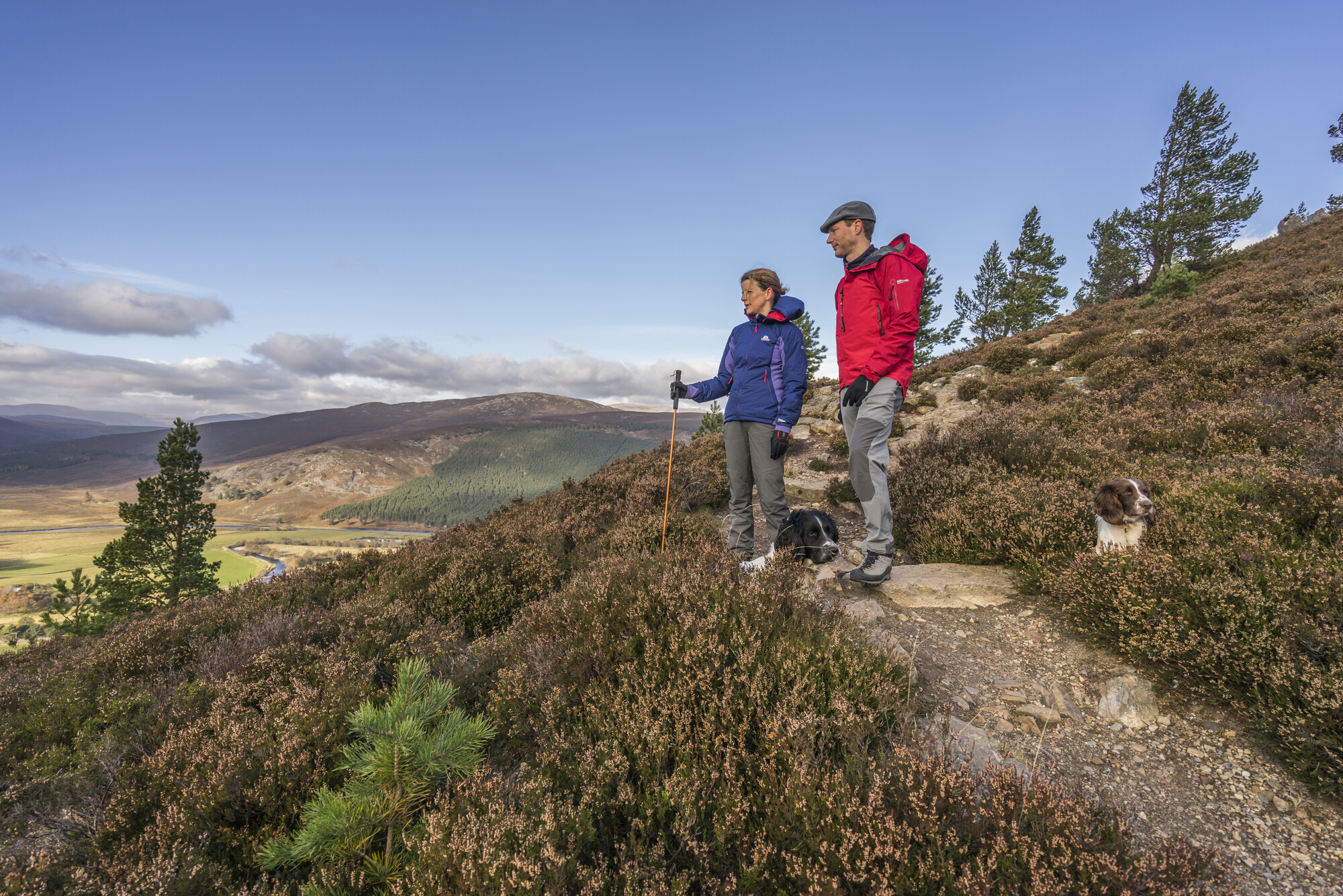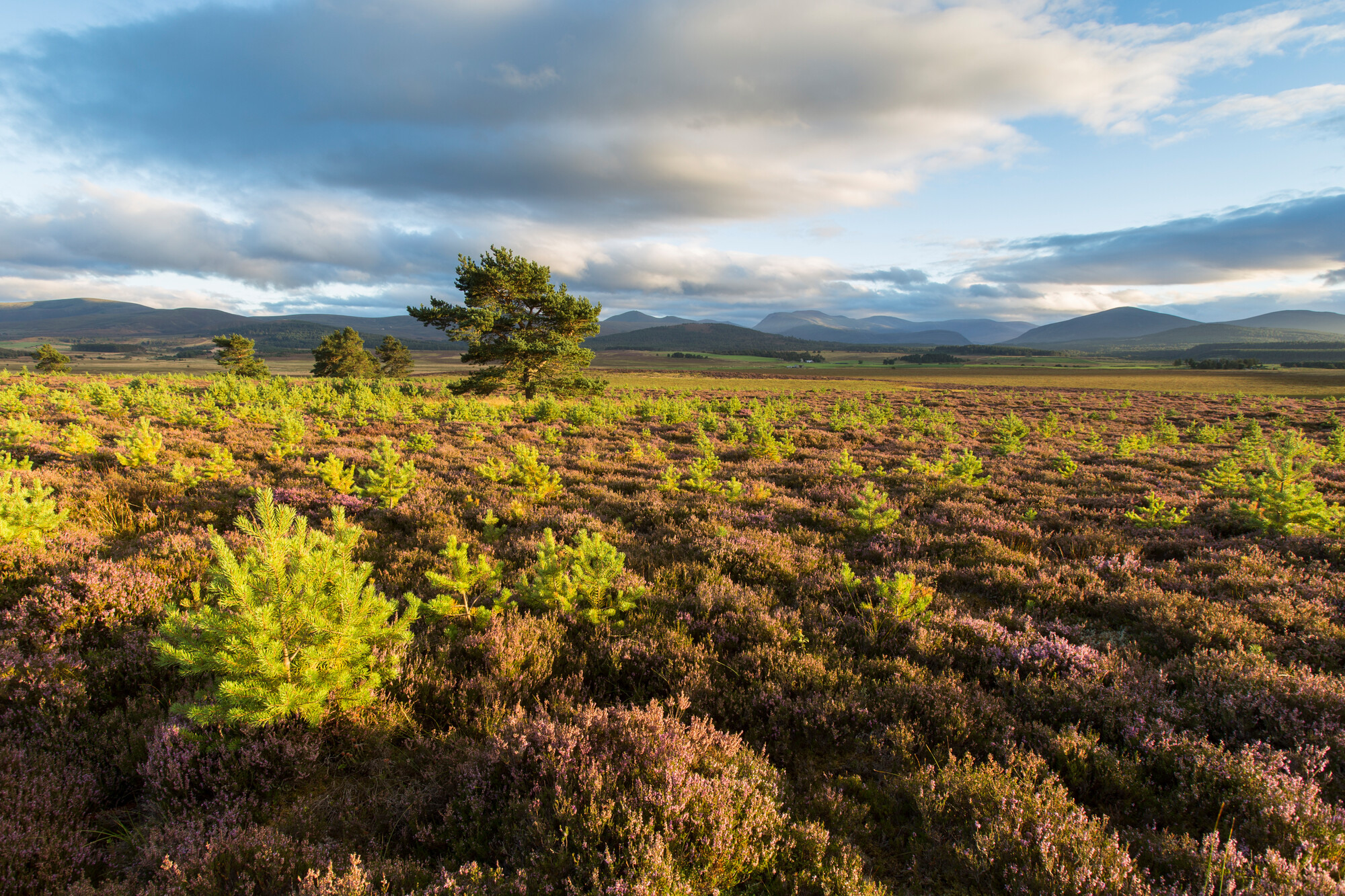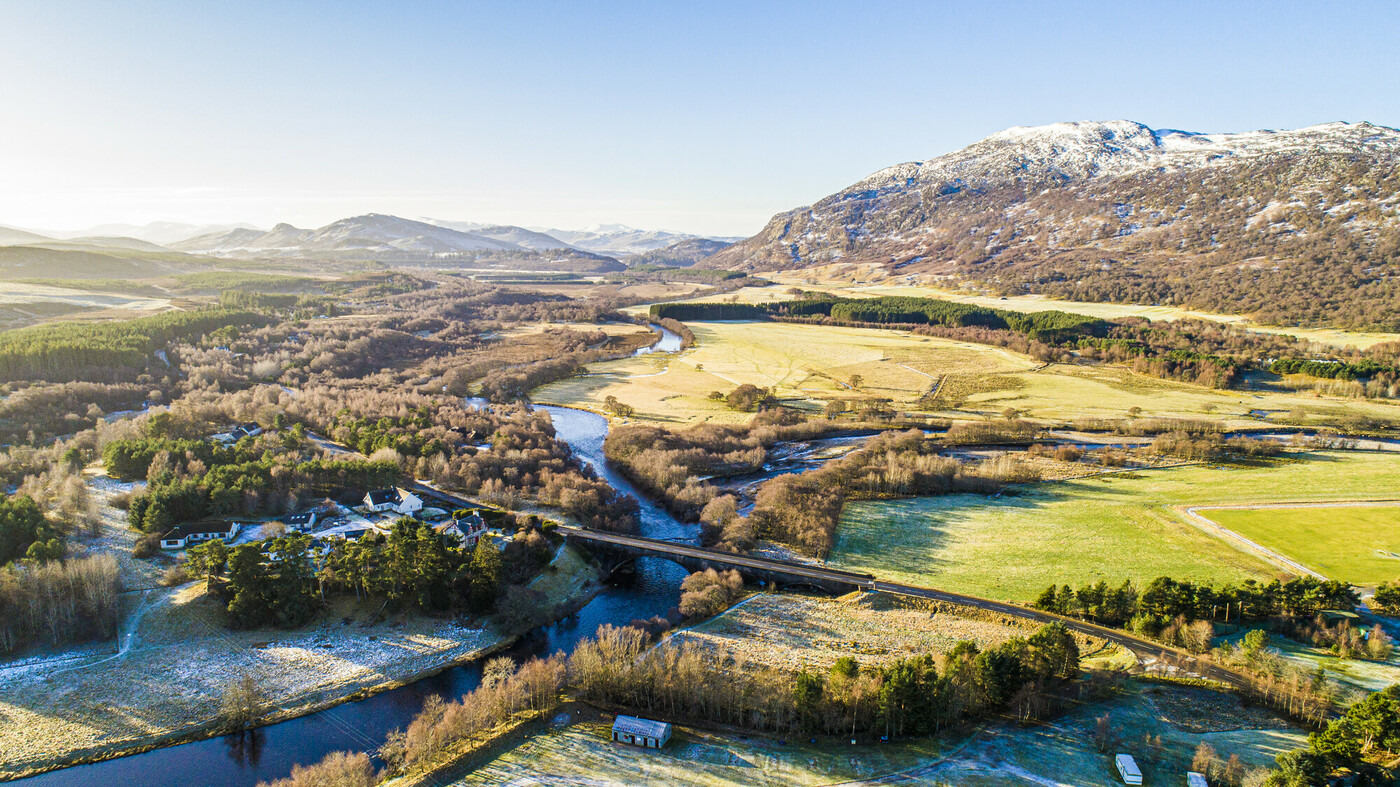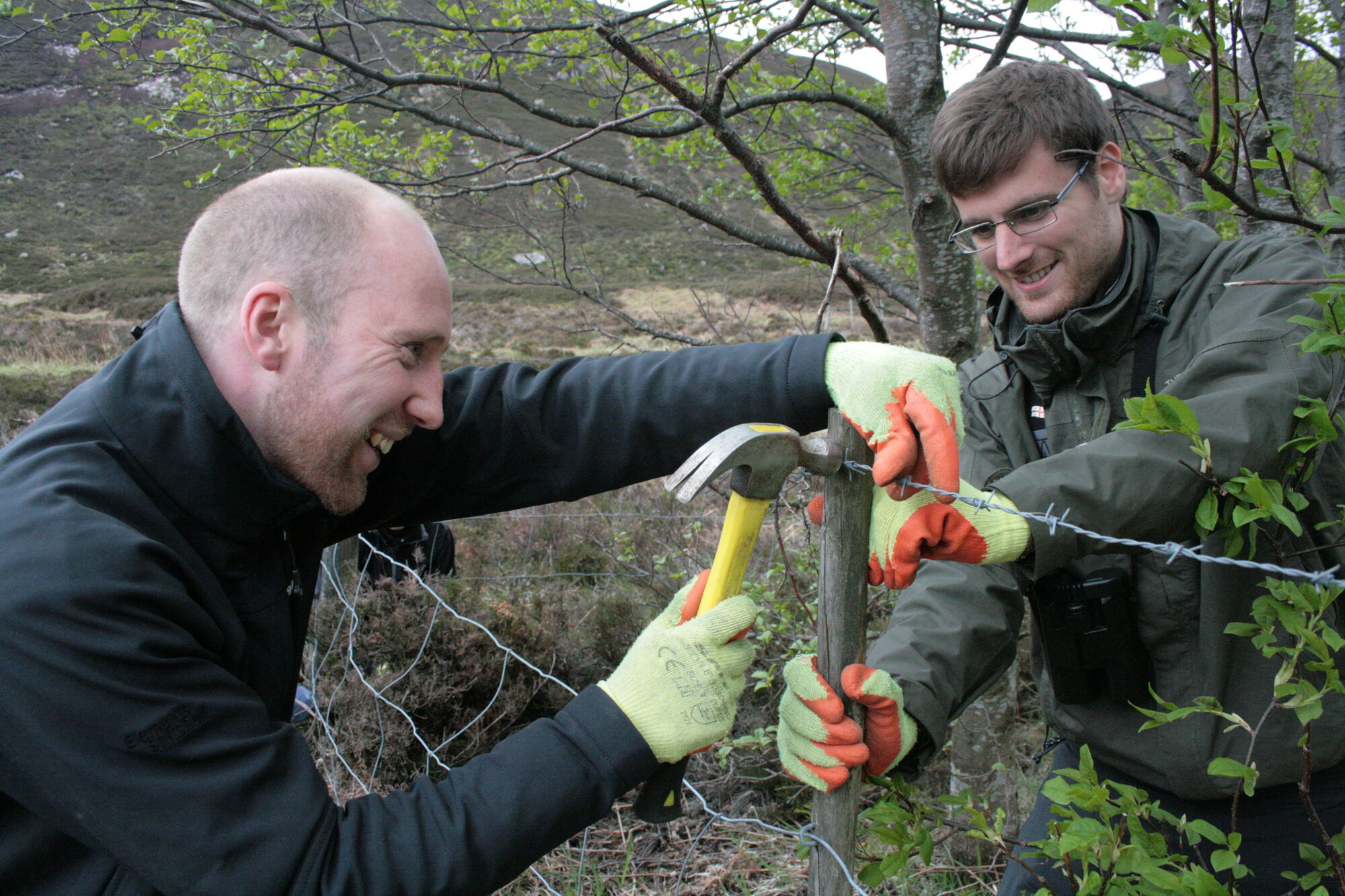Nature and climate change
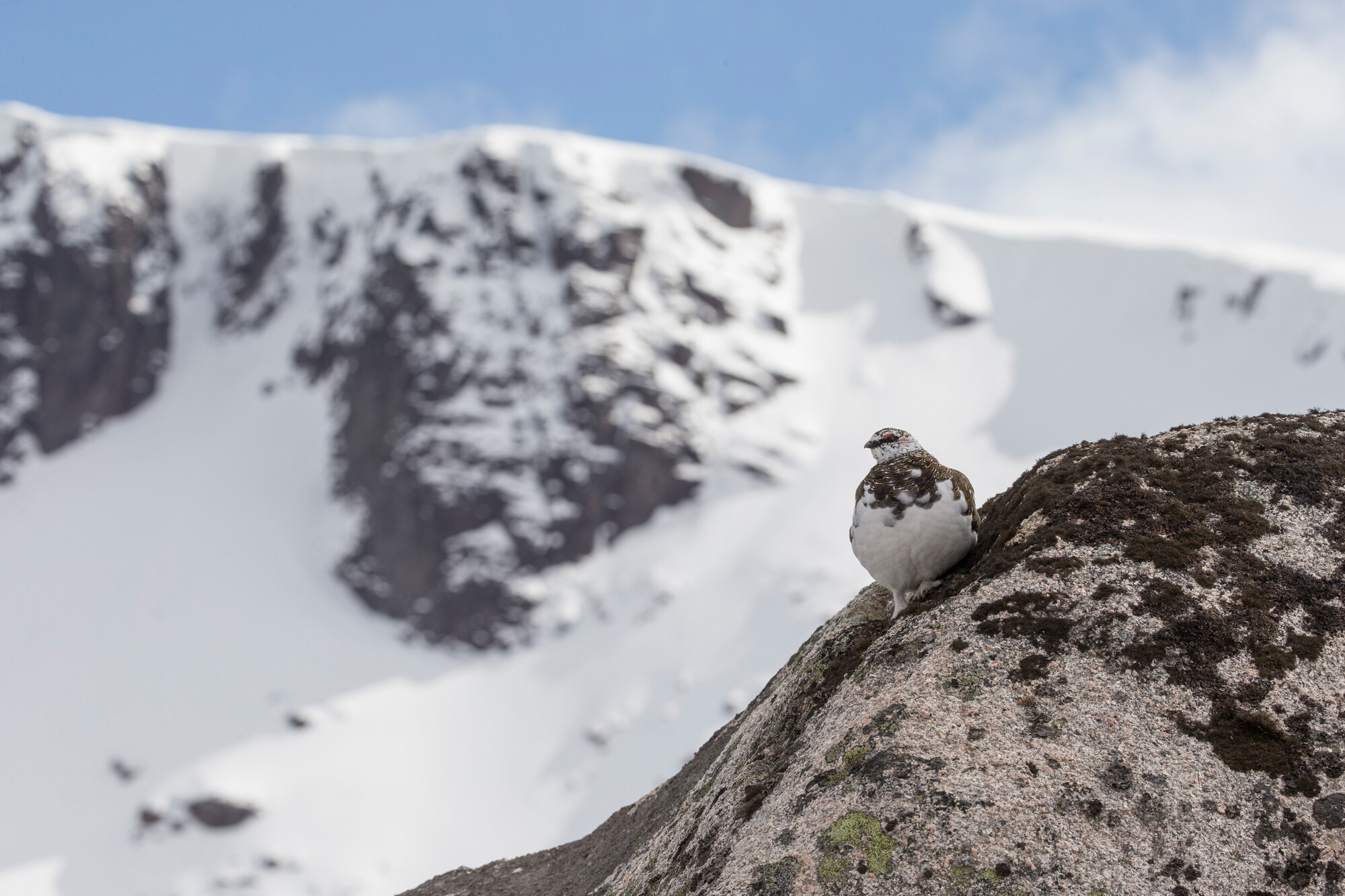
It's easy to feel powerless in the face of the nature and climate crisis, but we believe it doesn't have to be that way. Here in the Cairngorms National Park, the Park Authority, its partners and local communities are taking forward a programme of work to become the UK's first carbon neutral national park. We're also working to conserve and enhance the habitats and species that make the area so special.
From groundbreaking species work such as reintroducing beavers and wildcats, to helping reduce carbon emissions by restoring vast swathes of peatland and woodland habitat, the Cairngorms National Park is home to some of the UK's most significant conservation projects. And thanks to Cairngorms 2030 - a five-year vision supported by The National Lottery Heritage Fund - we're putting the power to tackle the nature and climate crisis in the hands of the people who live, visit and work in the National Park.
The Park Authority and its partners are taking forward a range of activities to tackle the nature and climate crisis within the National Park, some of which are summarised below.
Alert
Featured
Wildlife
The Cairngorms National Park is home to a quarter of the UK’s rare and endangered species. Its rich habitats are a haven for an array of wildlife, from iconic birds to elusive plants and flowers.
Need to know
Everything you need to know on how you can help to take care of the National Park on your visit.
What we do
From pioneering conservation projects to community engagement and active travel, find out more about the range of work happening across the National Park.
Nature and climate change news
Relevant alerts
-
There is an extreme risk of wildfire impacting the National Park from Friday 11 July until Monday 14 July.
- Do not light any fire or barbeque
- Always ensure cigarettes are fully extinguished and take your litter (including glass) away with you
- Enjoy the outdoors responsibly - most wildfires are caused by human activity
- Stay alert - with dry vegetation and warm weather, fires can start easily, spread rapidly, and burn intensely
- If you see a wildfire, dial 999
For updates, visit the Scottish Fire and Rescue Service website.
